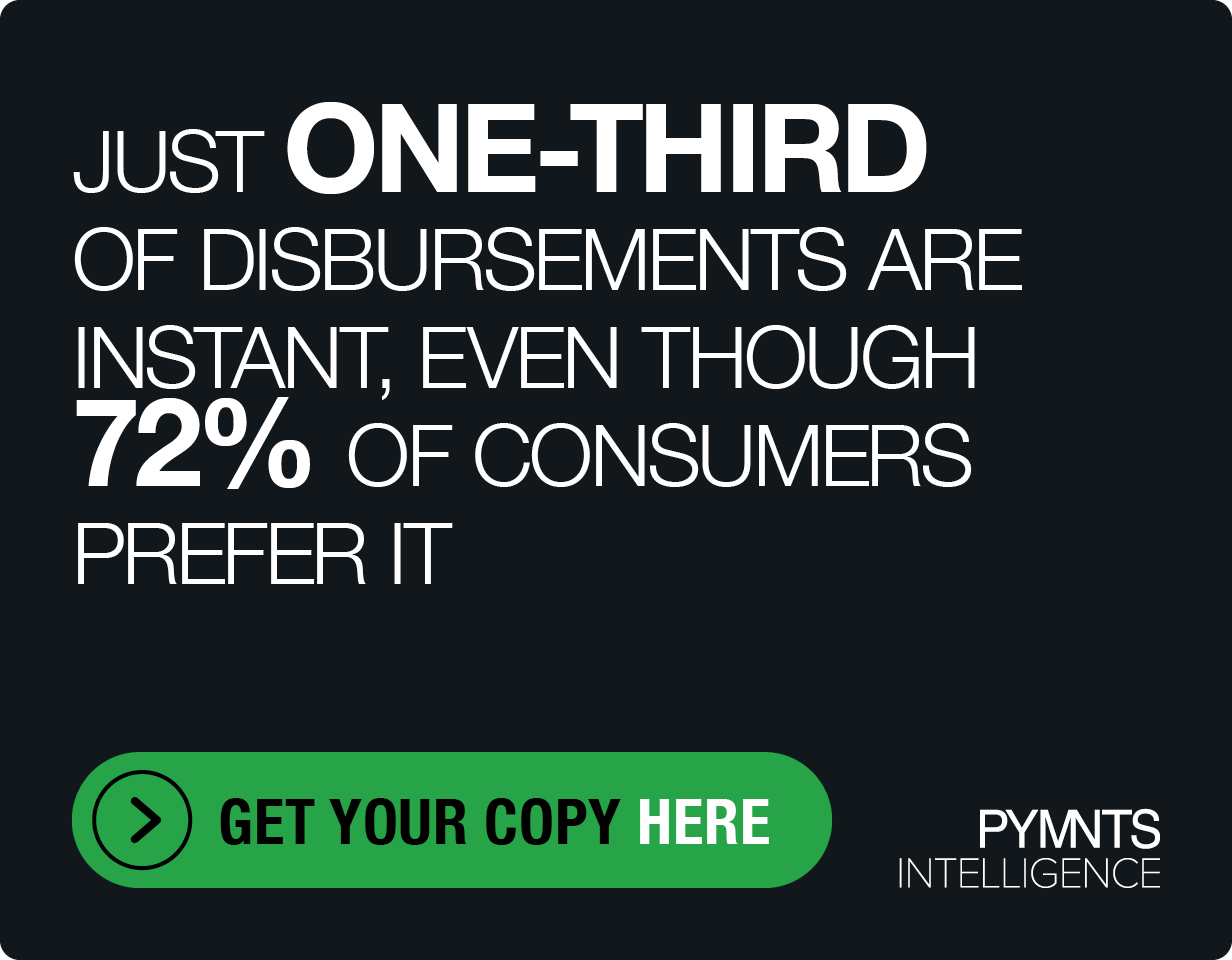Readying High-Volume B2B Payments For An Era Of Transparency And Control

The history of B2B FinTech innovation has largely focused on democratizing sophisticated technology for businesses of all sizes.
Often, the motivation behind product development has been to connect small- to medium-sized businesses (SMBs) with tools often reserved for the largest of enterprises on the basis that SMBs cannot afford the kind of internal investments necessary to design proprietary solutions.
Interestingly, this may have resulted in large corporates being somewhat left out of the FinTech revolution. These bigger businesses may have the resources to develop their own tools, but often, proprietary solutions do not offer the optimized end-user experience that so many businesses demand today.
According to Routable Co-founder and CEO Omri Mor, payments continue to plague the enterprise as a particularly complex function of accounts payable (AP) and other workflows. The reason, he told PYMNTS, is volume.
“Going from 100 bill payments per month to 1,000 is a lot of work, but going from 1,000 to 10,000 is a nightmare,” he said.
As Mor explained, the biggest firms struggle to maintain control and visibility into their payments as volume increases. In such a rapidly evolving payments ecosystem, businesses must ensure seamless flows of transactions in order to take advantage of the latest innovations.
Retaining Control
Facilitating a high volume of transactions inherently comes with its friction points. One of the largest is ensuring that these payments are accurate and fall within company rules.
For a smaller company, handling exceptions and approving payments that need a certain threshold is relatively manageable when transaction volumes are lower. The enterprise still needs to retain that control and visibility over these payments that are being sent out, even if there are thousands upon thousands of them.
There are plenty of industries in which such a high volume of payments can quickly get out of hand. The insurance arena is one of them, said Mor.
“You’re seeing a higher need for figuring out how to, for example in the insurance world, pay out 3,000 brokers in a day,” he noted. “Are you doing it by hand? Are you uploading a [comma-separated values (CSV) file] with all that payment information? How do you trust that CSV is even accurate? Or are you looking to rely on integrating with an [application programming interface (API)] that your own backend system can relate to?”
This is the challenge Routable aims to address with its technology, which this month secured $30 million in new funding. And it’s a point of friction that’s becoming more common in a variety of spaces.
B2B and B2C marketplace operators, which must facilitate payouts to hundreds of thousands of suppliers, or use-cases in the gig and creator economies, are just some of the examples in which a high volume of corporate payments can create big headaches.
“Let’s say you are paying out 10,000 contractors in a day,” offered Mor. “And maybe you have a rule in house that says if a contractor works more than X hours and is getting more paid more than $1,000, it needs approval. We want to be able to give corporates the same controls, compliance and level of security that can make you feel more confident with the high volume of payments.”
Higher Expectations
The topic of maintaining control invisibility over a high volume of transactions has taken center stage and made the broader payments ecosystem evolution. The introduction of real-time payments has also introduced a new conversation about potential consequences for corporate treasurers.
There may be some doubts as to how corporates can retain control invisibility in a real-time environment, or whether real-time payments will force treasurers to move away from the legacy of the batch processing model.
While Mor said he doesn’t anticipate businesses to let go of that practice, he does expect real-time payments to elevate corporates’ expectations and needs for control.
“I think that [real-time payments] will allow for better transparency, better reliability and better relationship building between two businesses,” he said. “The easiest way for you to mess up a relationship with a business is not pay them or make them concerned that their money is on the way.”
Other consequences of the real-time shift include the displacement of the reliance on push-to-debit payments, as real-time payments can facilitate instant movement of money into bank accounts, as well as the lowering of silos that have historically separated the various kinds of capital outflows of the enterprise, including AP, payroll and expense management.
The ability for real-time payments to elevate business payments standards will depend on bank adoption of the infrastructure, Mor said. But as the ecosystem evolves, transparency and control will be in even higher demand. Although corporates with the highest transaction volumes can face the largest barriers to this visibility, there is an opportunity for platforms that provide that transparency to bridge the gaps that have divided enterprise departments making payments.
“Because you’re going to have the same platforms being used across departments, I believe that will make the thought process more about, ‘How are we spending money?’” he said. “I’m actually looking forward to the future of business payments, which is more transparency and more collaboration between departments.”
